Embracing the Dark (Mode)
Welcome back, fellow Stargazers! You may have noticed a subtle, yet significant change in our website’s appearance – we’ve officially switched to dark mode (and yes, we know the blog posts remain white, we don’t want you to strain your eyes too much trying to read our articles). While this change may seem purely aesthetic, it actually opens up an illuminating discussion about the role of light in astronomy and astrophotography.
Dark mode isn’t just a trendy design choice; it’s a strategic shift that aligns with the essence of our celestial pursuits. As astronomers, we are intimately acquainted with the importance of darkness. After all, it’s in the cloak of night that the cosmos reveals its most important secrets.
This transition provides us with an opportune moment to delve into the profound significance of light – or rather, the abundance of it expelled from our towns and cities. When capturing the splendour of the night sky through a telescope or camera lens, light pollution poses a formidable challenge. The artificial glow from urban areas not only obscures celestial objects but also introduces unwanted noise and distortion into our images
For astrophotographers, mastering the art of minimising light pollution is akin to unlocking the secrets of the universe. By venturing to remote, light-free locales or employing specialized filters, we endeavour to capture the cosmos in its purest form, untainted by human interference.
But it’s not just external sources of light that astronomers must contend with; our very own eyes can betray us in the pursuit of stargazing perfection. The process of dark adaptation, wherein our pupils dilate to admit more light, is essential for discerning faint celestial objects against the backdrop of the night sky. However, even a momentary exposure to bright light can disrupt this delicate equilibrium, relegating us to a frustrating state of temporary blindness.
In the realm of astrophotography, the stakes are even higher. Each exposure represents a carefully orchestrated dance between light and shadow, with the slightest deviation capable of derailing the entire performance. The pursuit of that elusive perfect shot often hinges upon our ability to harness the subtle interplay of photons with finesse and precision.
And let’s not forget to mention our closest neighbour, the Moon! It’s said that on any given night, with good vision and no moon, the human eye can see around 3000 stars in each hemisphere. However, if we introduce the moon into our skies, it plays hell with our vision at night. A Full Moon (when the Sun and the Moon are on opposite sides of the Earth, and the Moon’s illuminated side faces the night side of Earth) creates so much light that it can reduce the visibility of stars to just 300. Our Moon steals the glory of the stars!
So, whilst we battle to capture light from the Moon, what is light pollution on Earth?
Light pollution is the artificial glow that permeates the night sky, caused by the illumination from streetlights, security lights, cars, and other sources. This glow not only obscures the stars but also disrupts the natural day-night cycle, affecting both the environment and human health.
What are the types of light pollution?
1. Sky Glow: this is the hazy orange tint that blankets wide areas, washing out the stars and obscuring celestial phenomena like the Milky Way.
2. Glare: this comes from local sources such as streetlights and car headlights, which can hinder night vision and diminish the clarity of celestial objects.
3. Light Trespass: when light intrudes into areas where it’s unwanted, like when a streetlight shines into a bedroom, it contributes to light pollution and disrupts sleep patterns.

How do we avoid light pollution?
While the battle against light pollution may seem daunting, there are practical steps that backyard astronomers can take to mitigate its effects.
1. Telescope Placement:
Position your telescope in a location that shields it from local sources of light pollution. A fence, tree, or building can serve as an effective barrier, allowing for clearer observations of the night sky. I always forget to turn my automatic backyard light off when taking pictures only to see the haze on my computer later that evening!
2. Constructing Light Pollution Shields:
If your observing area lacks natural cover, consider building a shield using simple materials like wood or plastic piping, covered with blackout cloth. This shield can help block out unwanted light and enhance your viewing experience.
3. Optimizing Equipment:
Invest in equipment designed to combat light pollution, such as eyepieces with built-in light guards and light pollution filters for cameras. These tools help enhance contrast and minimize the intrusion of stray light, improving the quality of your observations. As an amateur astrophotographer, this can be a daunting task and it is something I am still learning about. If any more experienced astronomers can recommend equipment that would be helpful!
4. Choosing the Right Time for Observation:
Take advantage of the late hours when the sky glow diminishes, and streetlights may be turned off. Planning your observing sessions during these optimal times can significantly enhance your viewing experience. As I mentioned earlier, the moon can be a huge influence on your visibility so try and avoid Full Moons – unless you’re capturing images of the Moon of course.
5. Selecting the Right Telescope:
While nothing beats observing from a dark-sky site, choosing the right telescope can make a substantial difference in combating light pollution.
– Consider Aperture Size: opt for a telescope with a larger aperture to gather more starlight, even in light-polluted areas. Balance aperture size with portability to ensure convenience for you urban astronomers.
– Go-To Mounts: invest in a telescope with a Go-To mount for ease of navigation, especially in areas where manual star hopping may be challenging due to light pollution. Our goal is to purchase a go-to mount in the future so keep an eye out for future articles on the best mounts to purchase.
– Utilise Light Pollution Filters: for astrophotographers, light pollution suppression filters can help minimize the effects of artificial light during post-processing, enhancing the quality of images captured under light-polluted skies.
– Binoculars as Quick Observing Tools: supplement your telescope with a pair of binoculars for quick and convenient sky viewing sessions, especially in urban environments where setup time may be limited. I’m repeatedly told that a good pair of binoculars can enhance your astronomy experience, though I’m yet to purchase any.
By implementing these strategies and choosing the right equipment, backyard astronomers can overcome the challenges posed by light pollution and rediscover the awe-inspiring beauty of the night sky, even from the heart of the city.
So, as we embark on this journey into the depths of darkness, let us not forget the profound lessons that light – and its abundance/absence – impart upon us. In embracing dark mode, we not only pay homage to the nocturnal wonders that adorn our skies but also reaffirm our commitment to unravelling the mysteries of the universe, one pixel at a time.
As we navigate the cosmos together, guided by the gentle glow of distant stars, let us remember that true enlightenment often lies in the shadows.


Shaun Johnston
The Astronomers Founder
After blending an academic background in History with professional expertise in consumer research, Shaun has transitioned from unravelling historical mysteries to exploring the cosmic unknown. Fuelled by a lifelong passion for astronomy, he embarks on a celestial journey of discovery. Join Shaun in his mission to learn and navigate the night sky, unveiling the wonders of the universe and sharing the enchanting cosmic journey through his astronomy blog.
Check out more of our articles below!
Want new articles as they get published?
Subscribe to our newsletter!
Want new articles as they get published?
Subscribe to our Newsletter.
0 Comments
Submit a Comment

Shaun Johnston
The Astronomers Founder
After blending an academic background in History with professional expertise in consumer research, Shaun has transitioned from unravelling historical mysteries to exploring the cosmic unknown. Fuelled by a lifelong passion for astronomy, he embarks on a celestial journey of discovery. Join Shaun in his mission to learn and navigate the night sky, unveiling the wonders of the universe and sharing the enchanting cosmic journey through his astronomy blog.

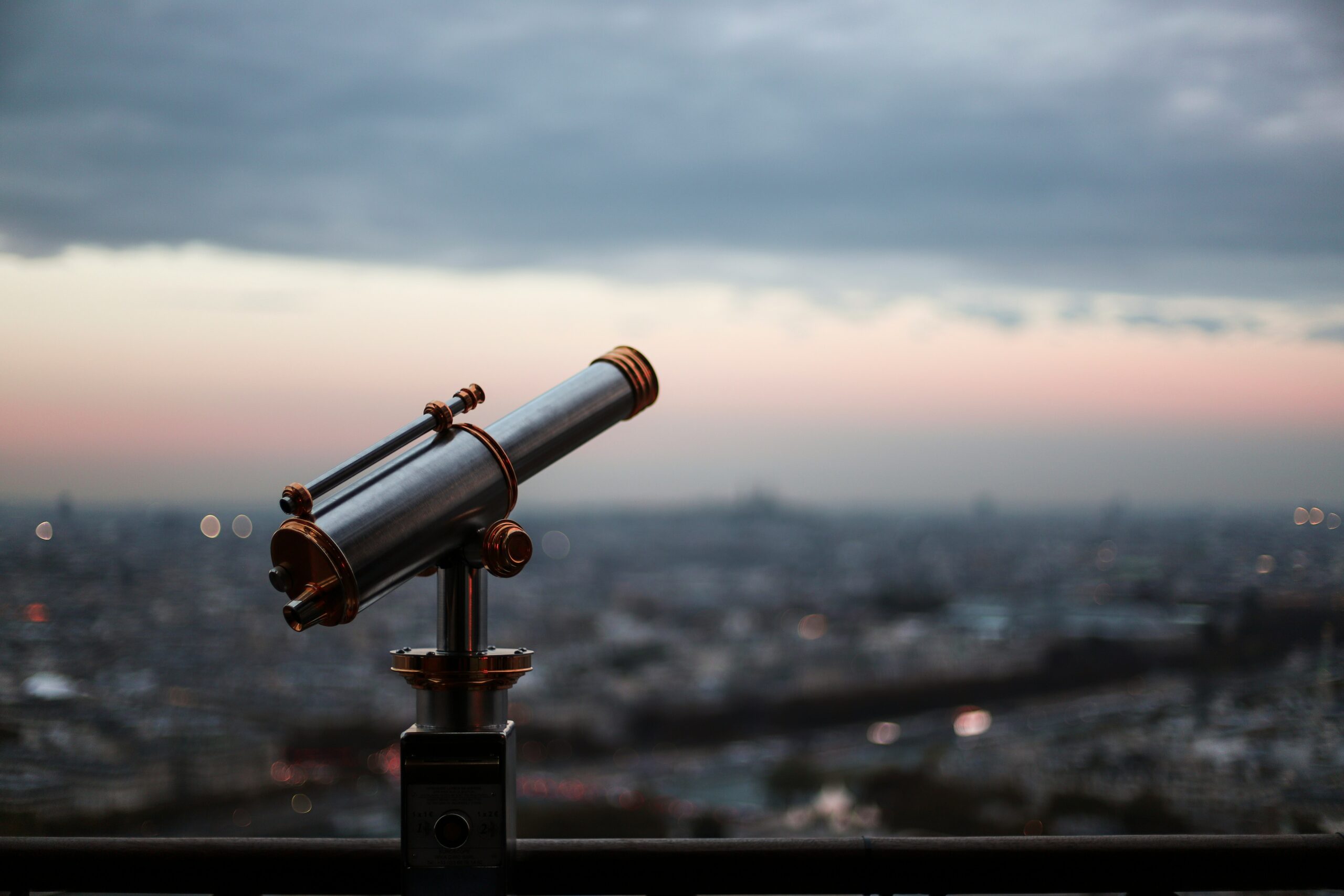
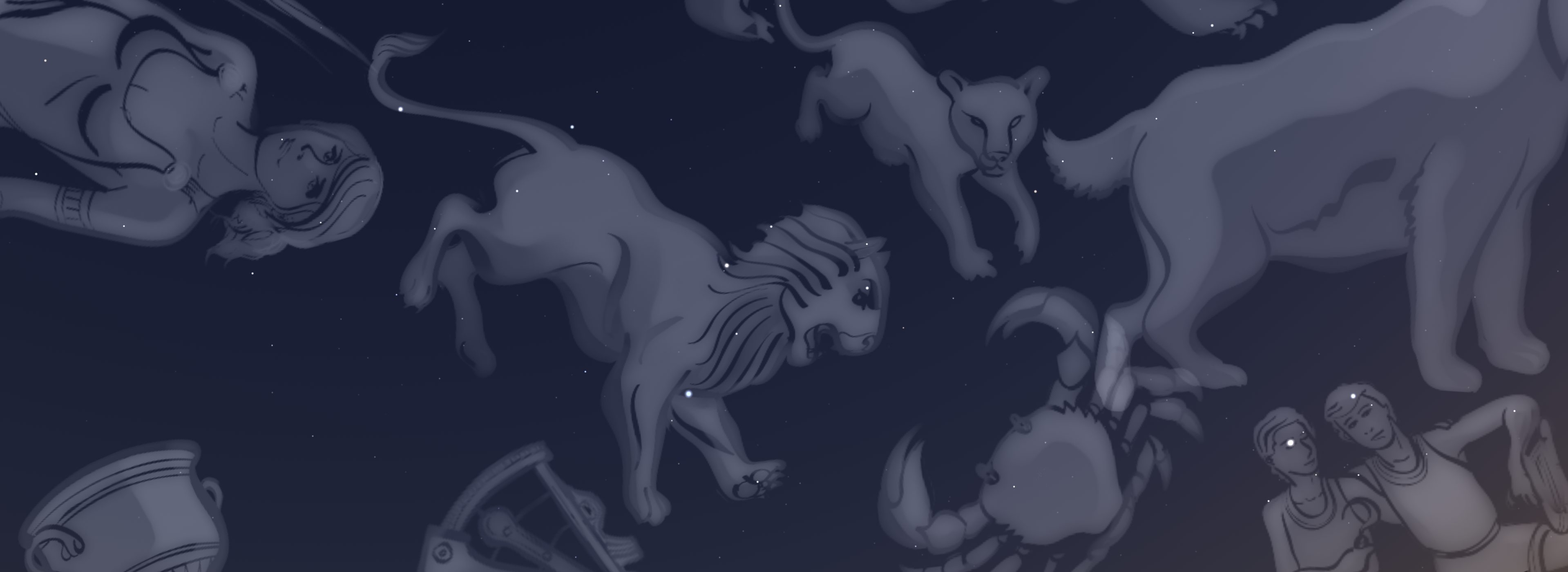
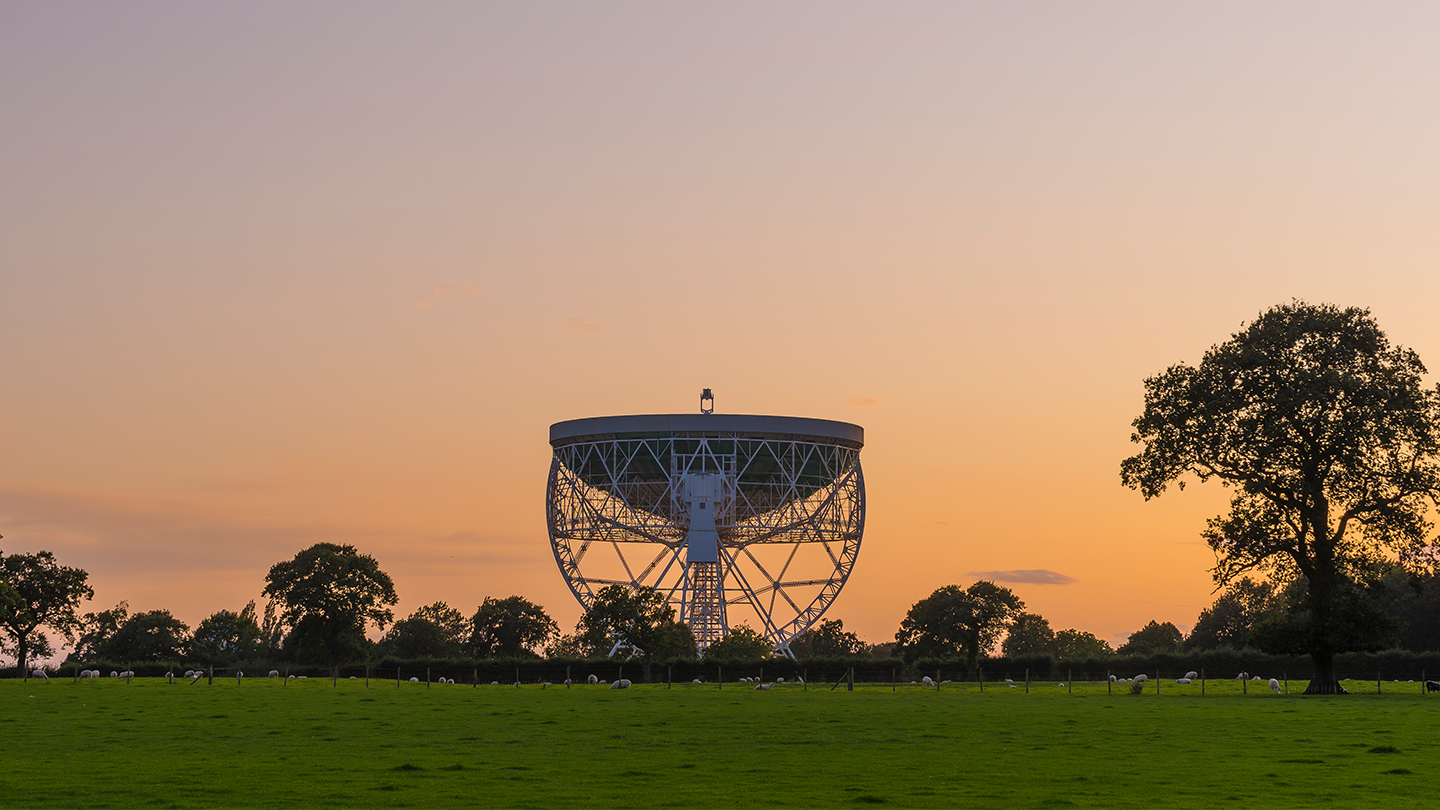
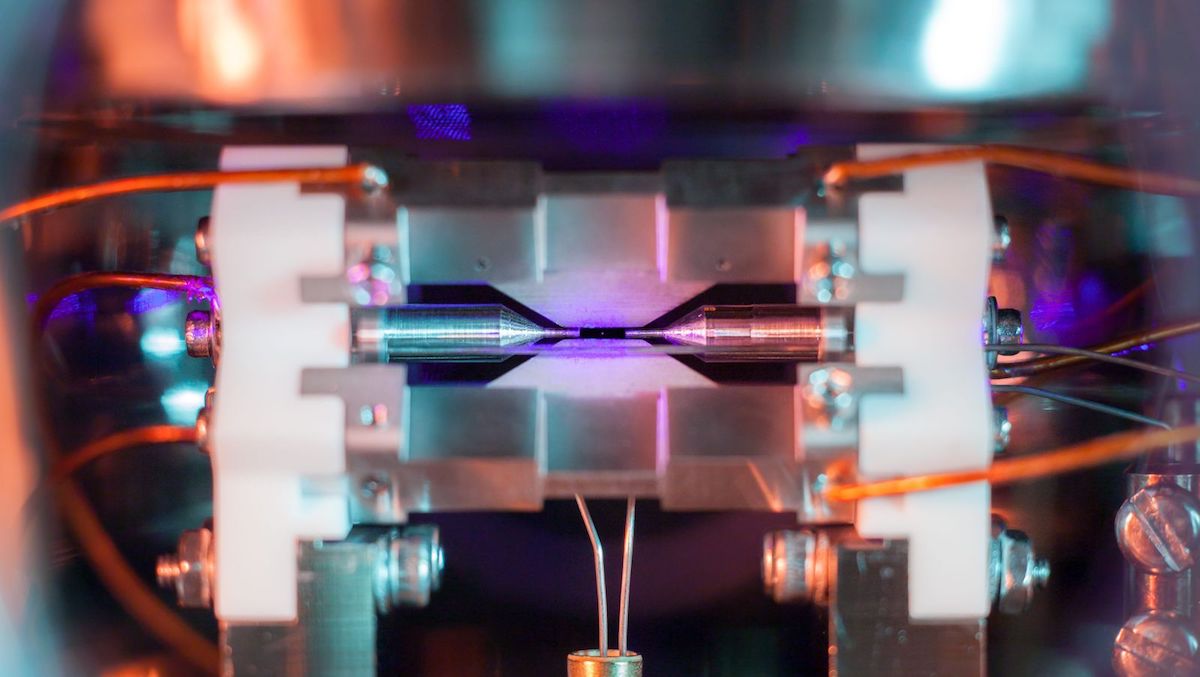
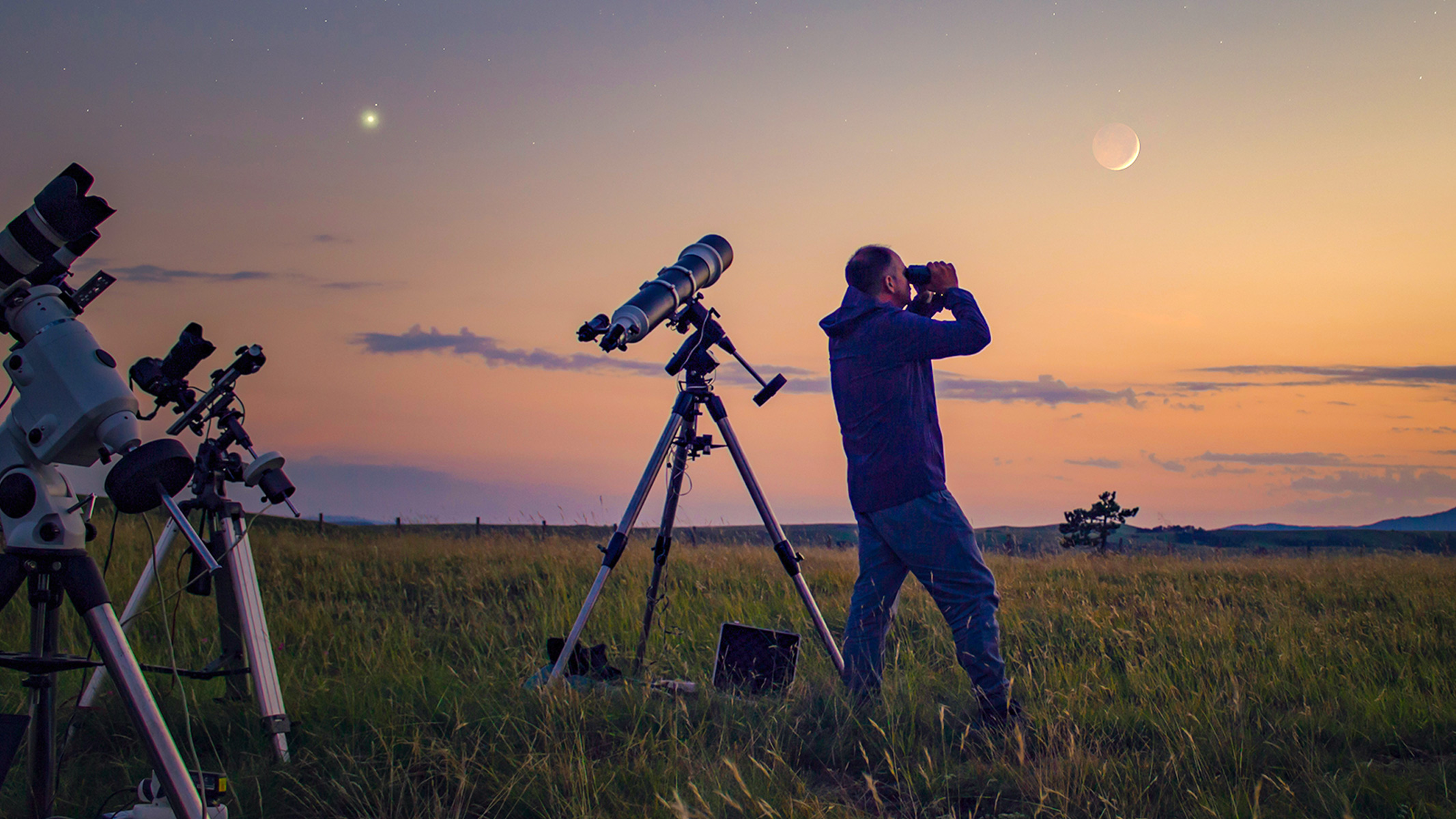
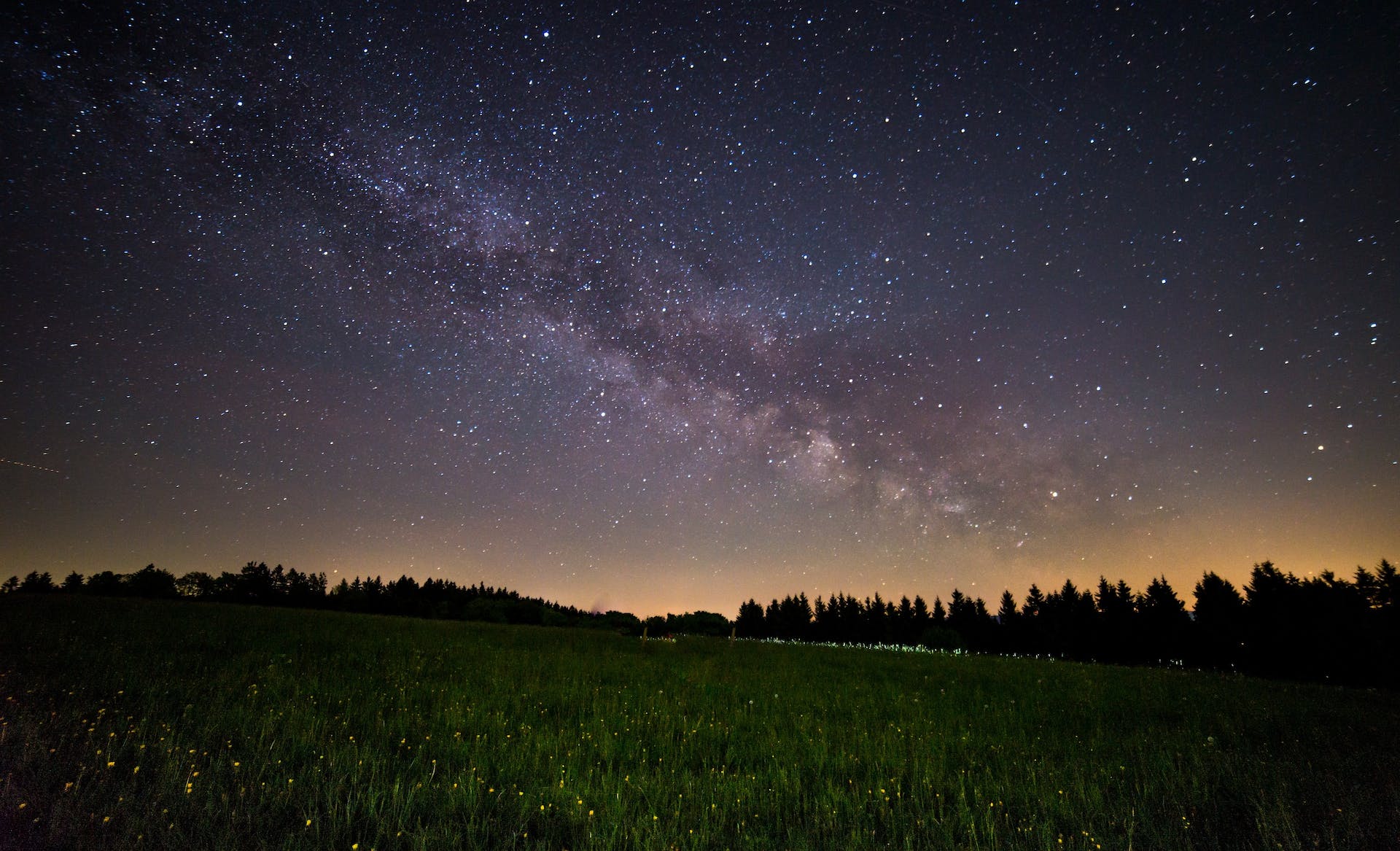
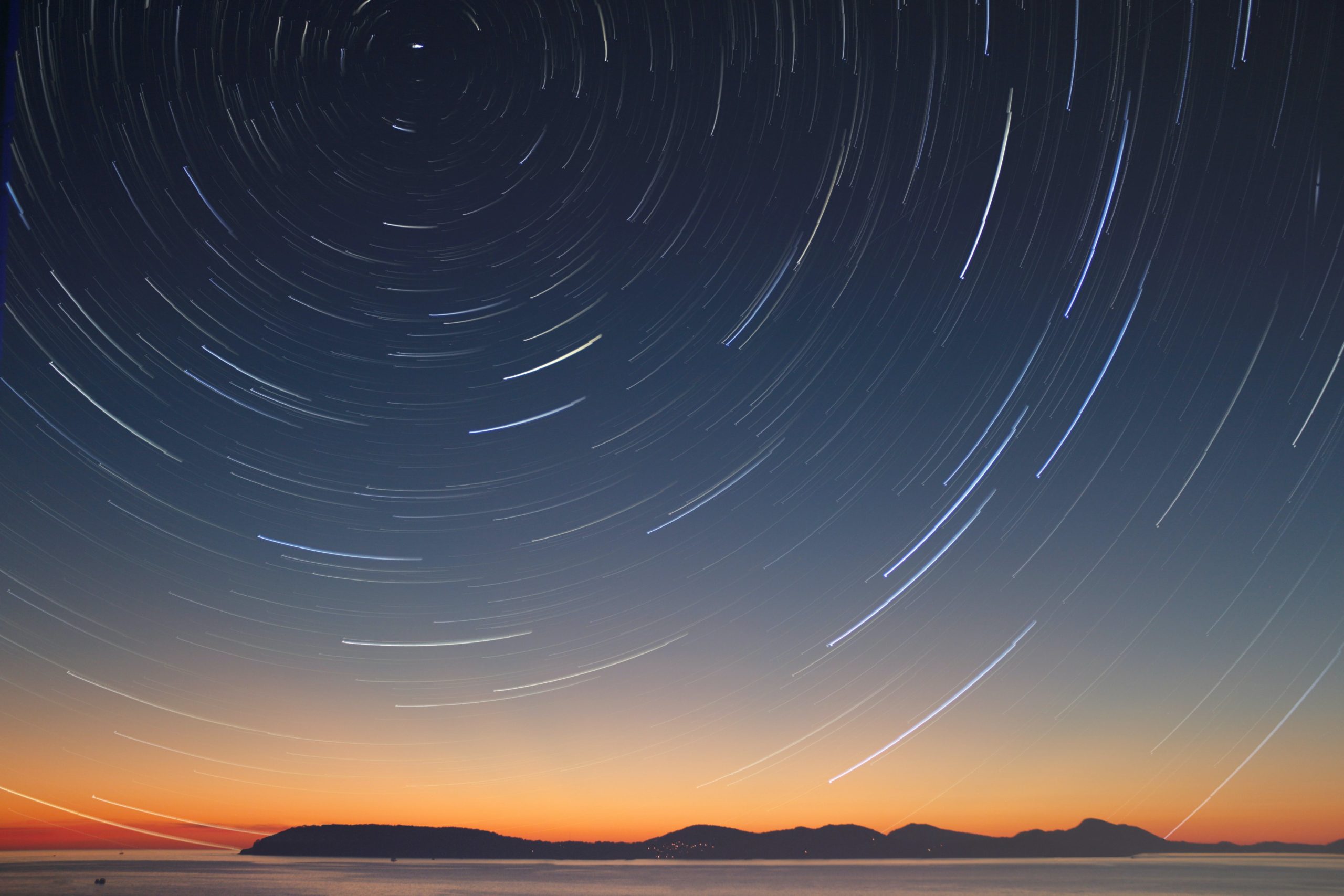
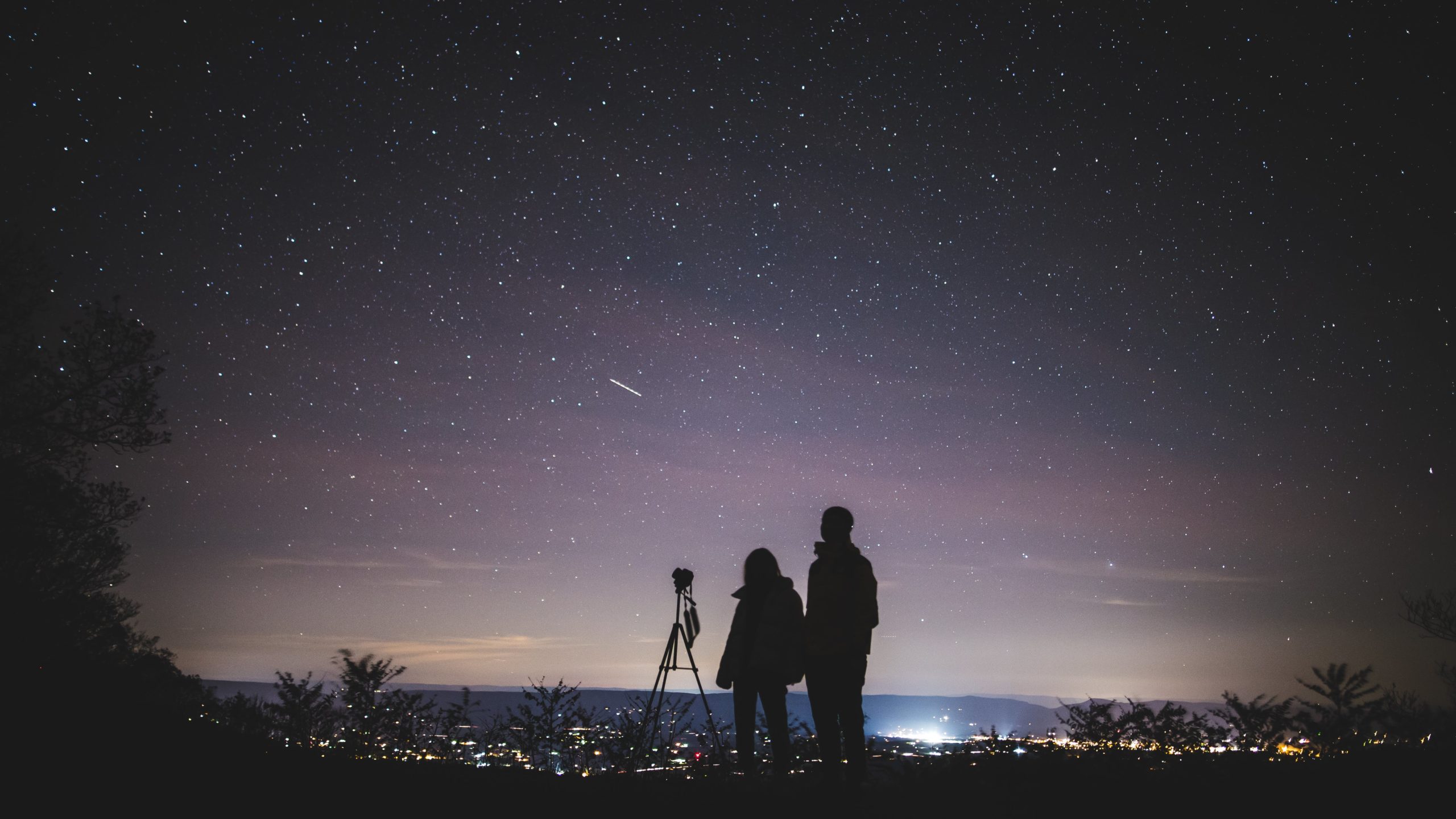
0 Comments